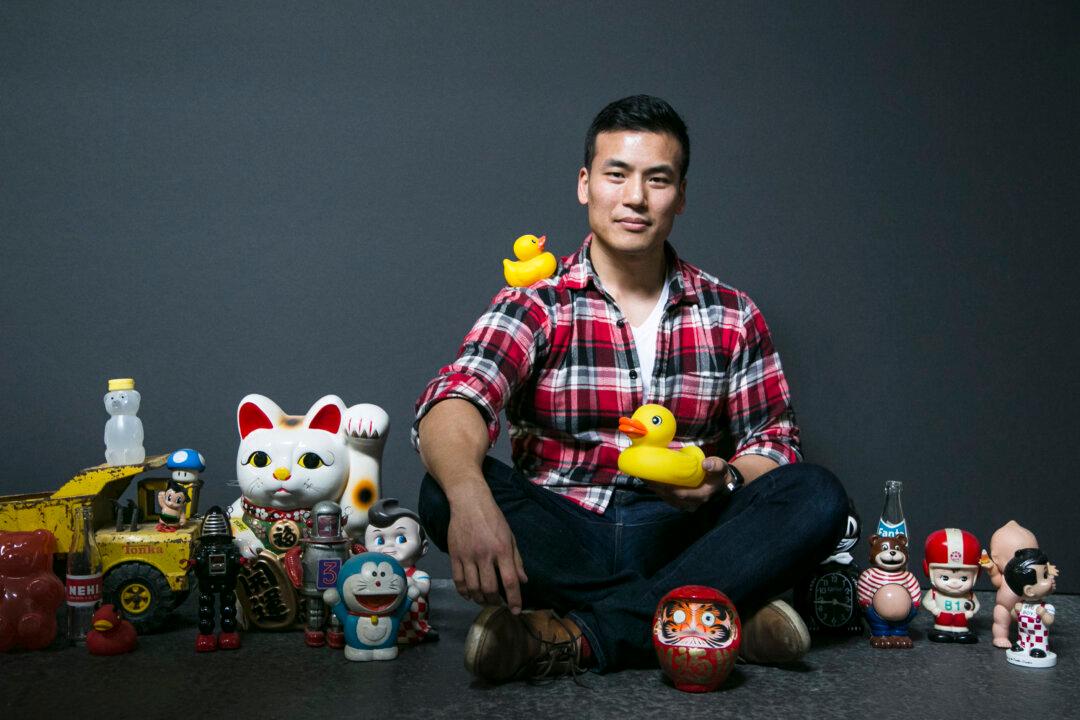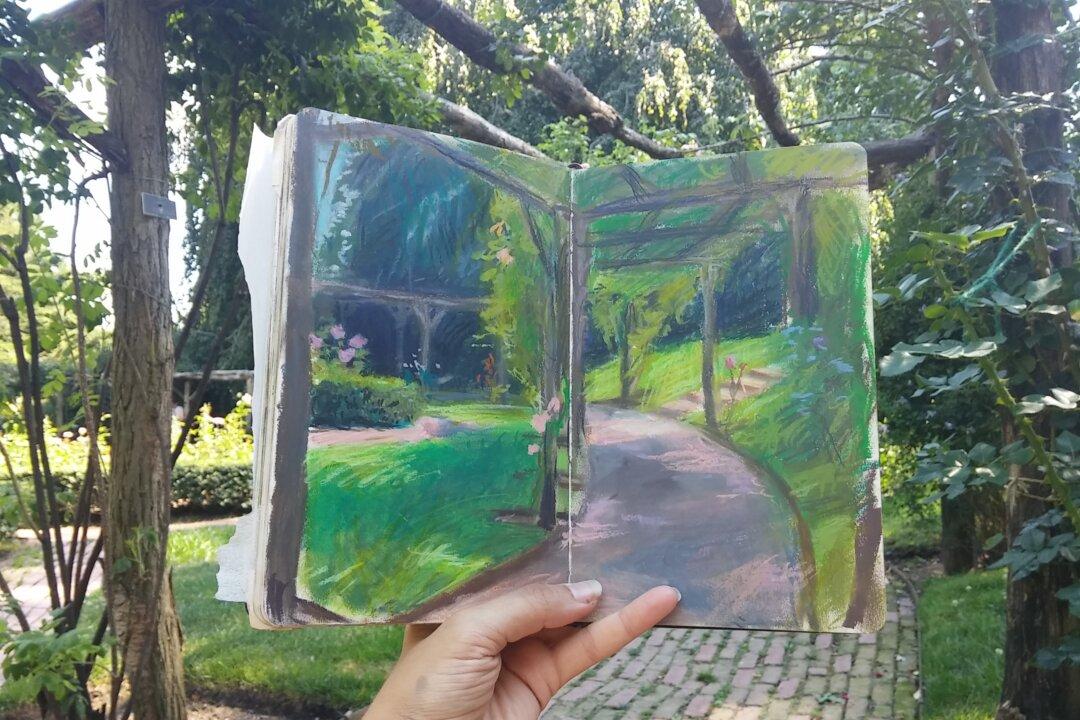NEW YORK—In the realm of play, what is not real becomes real, what is not serious becomes important. The objects that Samuel Hung chooses to paint may seem trivial, but he is elevating them to a higher status—as if dubbing them ambassadors of happiness. One would have to be terribly bitter not to smile at the site of a yellow duck, that iconic childhood bath toy; or Kewpie, the mascot for Japan’s first mayonnaise; or a Tonka truck.
“I find unimportant things interesting, like these toys. They can be easily overlooked, but they are important to somebody—they are important to kids,” Hung said at Grand Central Atelier where he works as an artist in residence.






